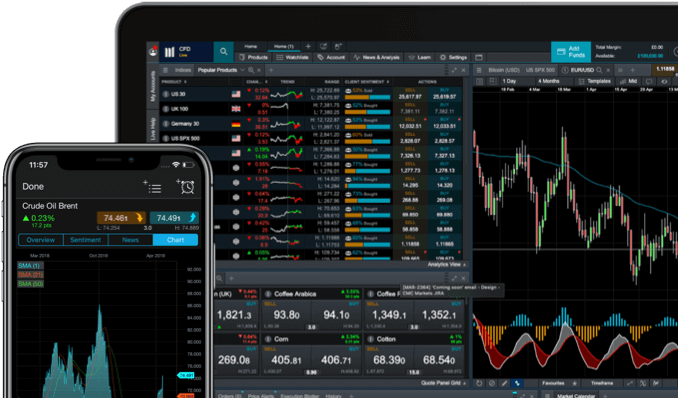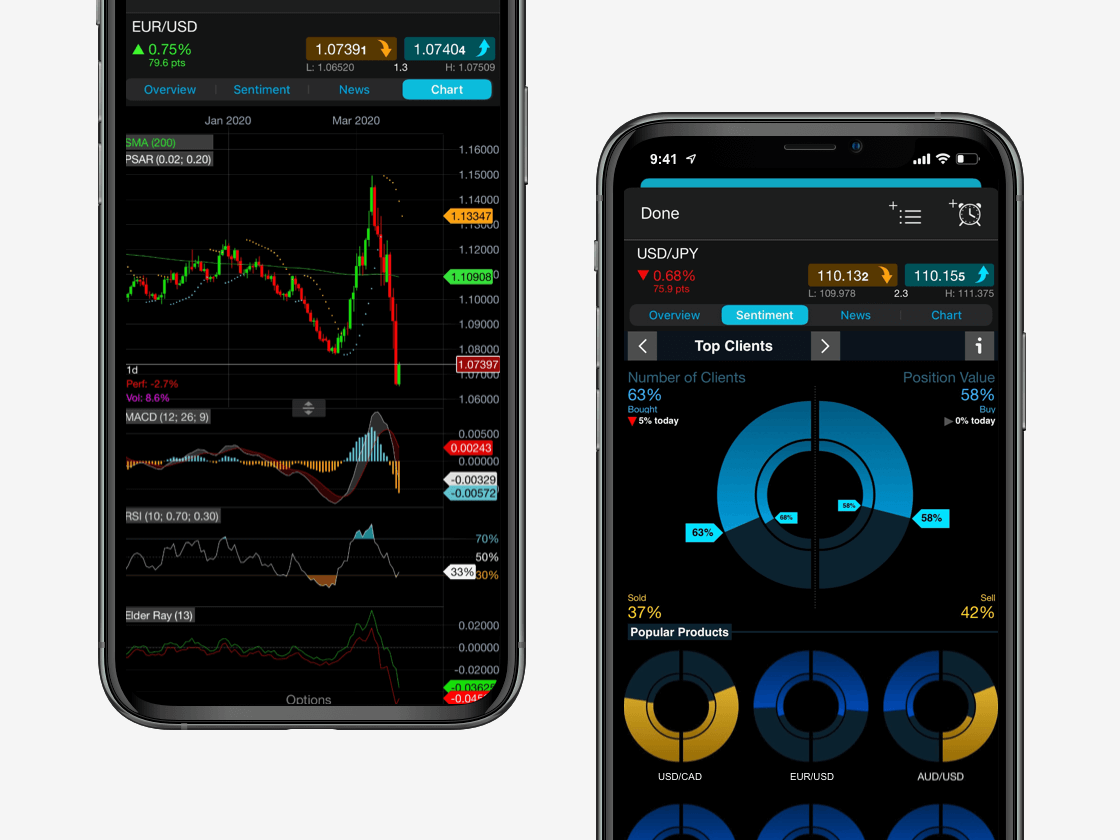The US non-farm payrolls, or 'NFPs', is an official statistic released by the US Department of Labor, usually on the first Friday of every month.
The non-farm payrolls measure the number of people currently in employment in the US and are released along with the US unemployment rate. Both are important yardsticks used by traders and analysts alike to get an insight into the health of the US economy. Specifically, the non-farm payrolls measure the number of people in employment in all businesses across the country, excluding agricultural, local government, private household and not-for-profit sectors.
The non-farm payrolls are considered to be one of the most robust measures of the health of the US economy, as they can give an insight into future important data releases such as gross domestic product (GDP) figures and manufacturing data. This is because the higher the number of people in employment in a country, the better its economic output can be expected to be at the end of the quarter and vice versa.
For instance, consistently falling non-farm payroll figures could indicate weakness and the risk of a possible recession, whereas consistently robust data on a month-on-month basis could show a strengthening economy, possibly even indicating that the economy may be out of danger of falling into a recession.
















